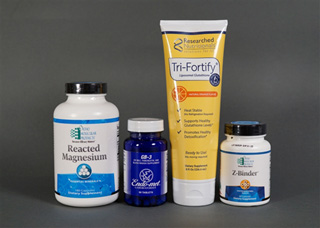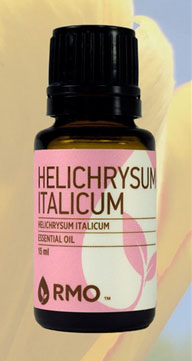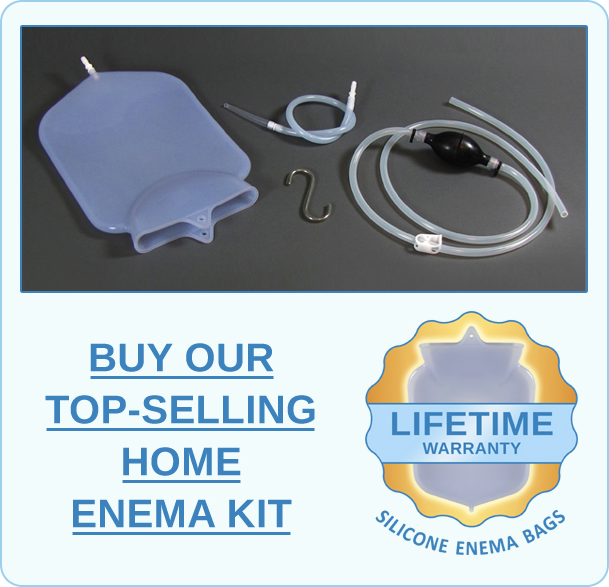Sources of Mercury Exposure
Mercury is a highly toxic chemical element that can be found in thermometers, electrical equipment, fluorescent light bulbs, dental fillings, pharmaceuticals, pesticides, seafood, and industrial waste.
Despite its toxicity, mercury is still used in
dental amalgams (the
silver-colored material used to fill teeth after removal of a cavity) in most of the world.
As a
byproduct of industrialization, mercury can find its way into soil and water sources, and from there into the food we eat. Consuming foods that contain mercury is the most common cause of mercury poisoning, particularly for those who eat a lot of
fish or other seafood, due to the mercury exposure and
build-up that occurs in fish and other sea creatures living in polluted waters.
Other sources of possible mercury poisoning can include broken oral or rectal thermometers and exposure to toxic air or water if you live or work in highly industrialized areas.
Very small amounts of mercury are not necessarily harmful to your health, but significant mercury exposure can be very dangerous, even
life-threatening, and in general we should all be trying to limit our exposure to mercury as much as possible.
Symptoms of Mercury Poisoning
Symptoms associated with mercury poisoning are
primarily neurological and include:
- anxiety
- depression
- irritability
- memory problems
- tremors
- numbness, especially in hands and feet
- speech difficulty
- muscle weakness and lack of coordination
- changes in vision and hearing
- trouble walking
- insomnia

How To Diagnose Mercury Poisoning
You can test your mercury levels using either a
blood test or a
hair tissue mineral analysis (HTMA).
Blood tests may give you the information you need about your body's mercury and other heavy metal levels, but it's also possible for blood tests to give you completely normal (but inaccurate) results even if you have elevated mercury levels. This is because the body is constantly removing heavy metals from the blood as a protective measure, and depositing them into tissues such as your bones, teeth, and hair.
For most heavy metals, including mercury, blood tests are primarily accurate for acute exposure to heavy metals (taking the test within
3-5 days of significant exposure should show elevated heavy metal levels), but are less accurate for testing
longer-term heavy metal toxicity, because mercury (or copper, lead, etc.) levels decrease rapidly from the blood after initial exposure. Therefore, I recommend using a
hair tissue mineral analysis to most accurately determine your body's heavy metal levels, and whether or not you have mercury toxicity.
Treatment for Mercury Poisoning
The first and most important way to treat mercury toxicity is to
stop all possible sources of exposure. This may include removing seafood from your diet, replacing any fillings you have that contain mercury, and removing any other environmental sources of mercury you may be exposed to.
Additionally, doctors often recommend
chelation therapy for severe cases of mercury poisoning to help the body remove and dispose of mercury. This type of therapy does have side effects and risks, so it's best to use only when necessary. If you think you have severe mercury poisoning, see a doctor right away.
I also recommend regularly doing my
3-step enema series protocol — which consists of two therapeutic cleansing enemas followed by a
coffee enema — to help detox your body from many toxins and heavy metals, including mercury.
▶︎ Learn More about the Enema Series
There are also several supplements I recommend taking to help heal from mercury toxicity (or heavy metal toxicity in general):

- OHN Heavy Metals Detox Kit (pictured) — This kit contains four key supplements, including Ortho Z-Binder and Endo-Met GB-3, to help you detox from toxic heavy metals including copper, mercury, aluminum, and lead.
- Ortho Z-Binder — This is a broad-spectrum, naturally sourced binding formula which supports enhanced clearance of heavy metals from the GI tract. Binders have been used for centuries to treat toxin exposure and play an important role in many detoxification protocols.
- Taking chlorophyll before doing a coffee enema is extremely beneficial, as chlorophyll is a binding agent, and helps make sure toxins leave your body and are not reabsorbed after the coffee enema.
- Researched Nutritionals ToxinPul helps detoxify the body and can assist in removing pesticides, herbicides, and heavy metals in both the GI tract and systemically.
- Endo-Met GB-3 assists in the removal of toxic metals from the liver and supports GI health.
Finally,
suppositories can be another great tool to help detoxify your body and heal from mercury toxicity. I recommend rotating
OHN Liver Cleanse Essential Oil Blend and
OHN Coffee Enema Essential Oil Blend in daily suppositories.
▶︎ Learn More about the Benefits of Essential Oil Suppositories
Additional Support
For individualized support around detoxifying your body, healing from heavy metal toxicity, balancing your body's mineral levels, or just learning more about your body's health, order a
hair tissue mineral analysis (HTMA) testing kit. Testing includes a
free 15-minute phone consultation with me to review the results and design a healing protocol.
▶︎ Buy HTMA Home Testing Kit
Need more detailed guidance in supporting your home detox program?

Personal Health Consultations with Kristina Amelong, CCT, CNC
For personalized support, I would be happy to assist via a scheduled phone consultation. I charge affordable per-minute rates, for as many or as few minutes as you need!
First complete any relevant sections of my secure online intake form. Upon submitting the form, you will be prompted to schedule a consultation time with me via my online booking system.
If you are an international client who would like to use WhatsApp for your scheduled consultation, please email us for instructions on how to contact me at the time of your consultation.
Labels: chlorophyll, colon cleansing, enemas, fish, hair tissue mineral analysis, heavy metal poisoning, HTMA, mercury exposure, mercury poisoning, seafood, suppositories




















